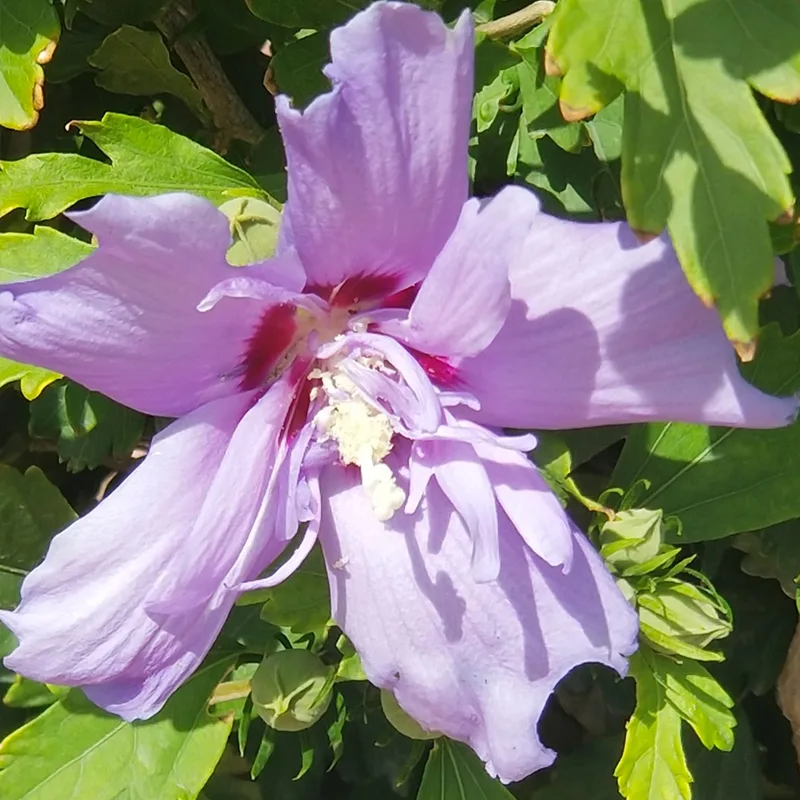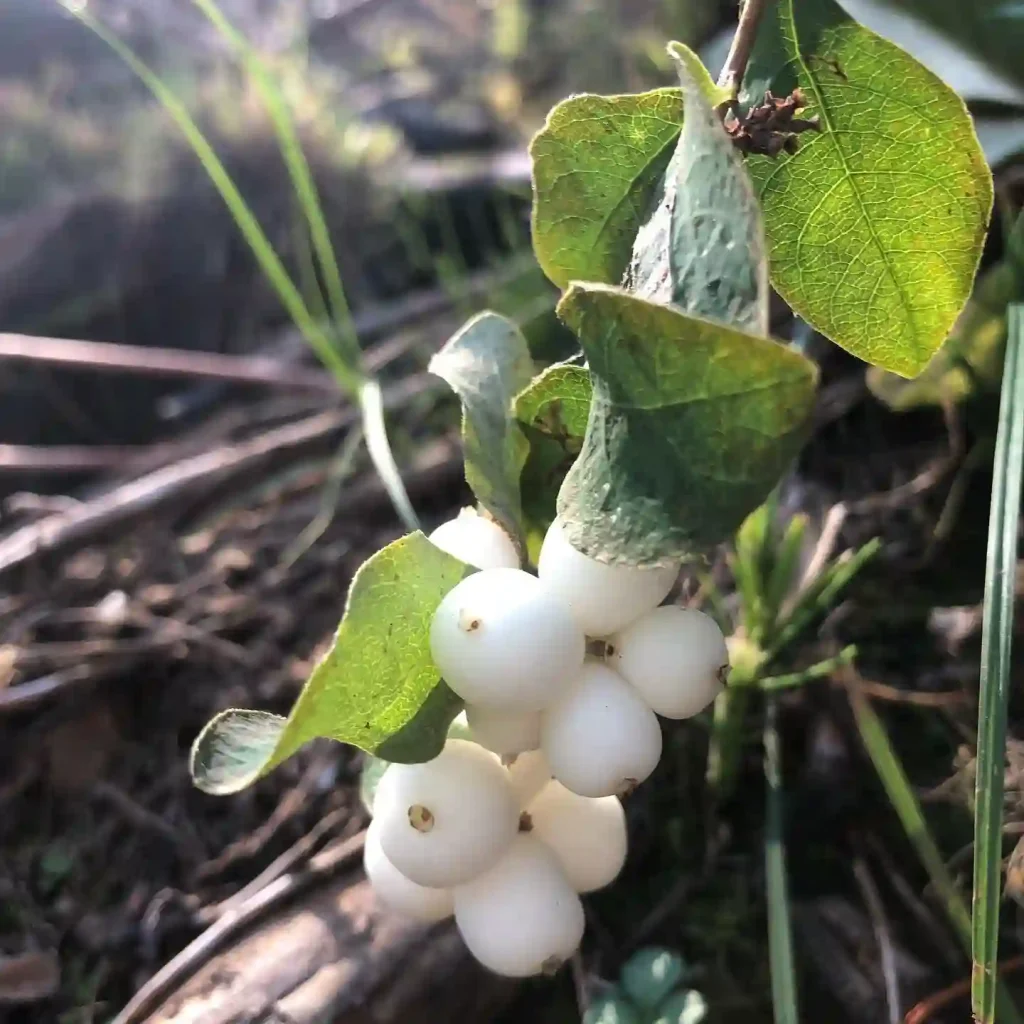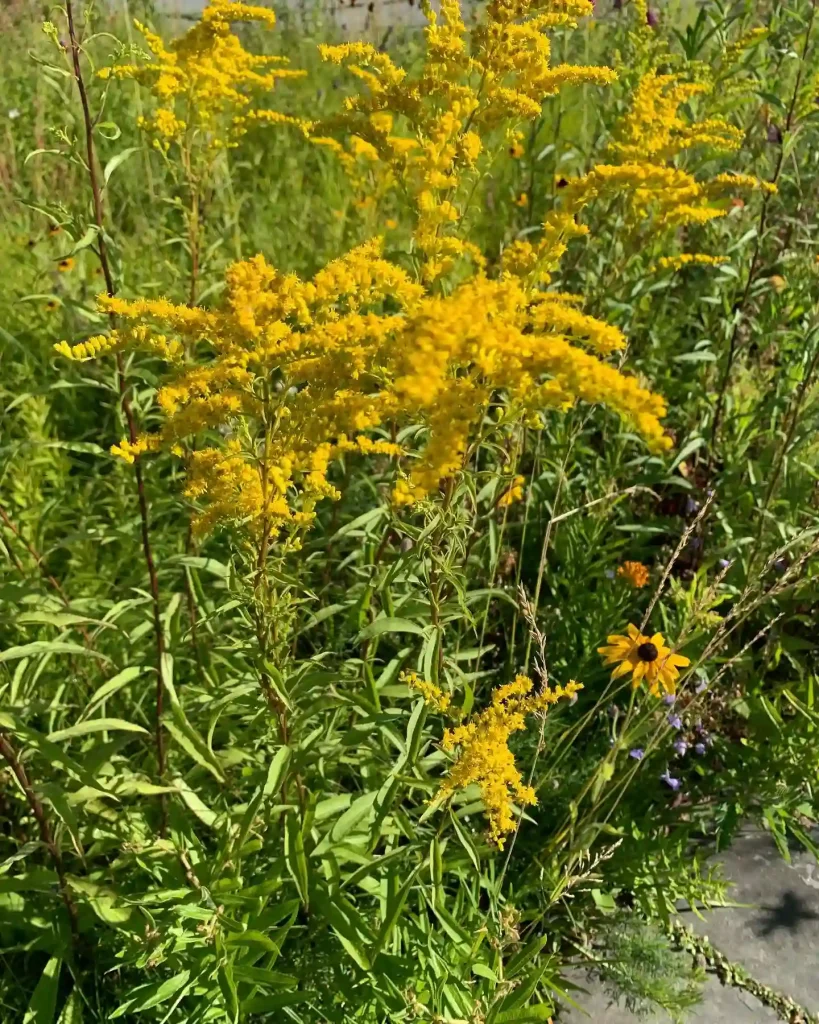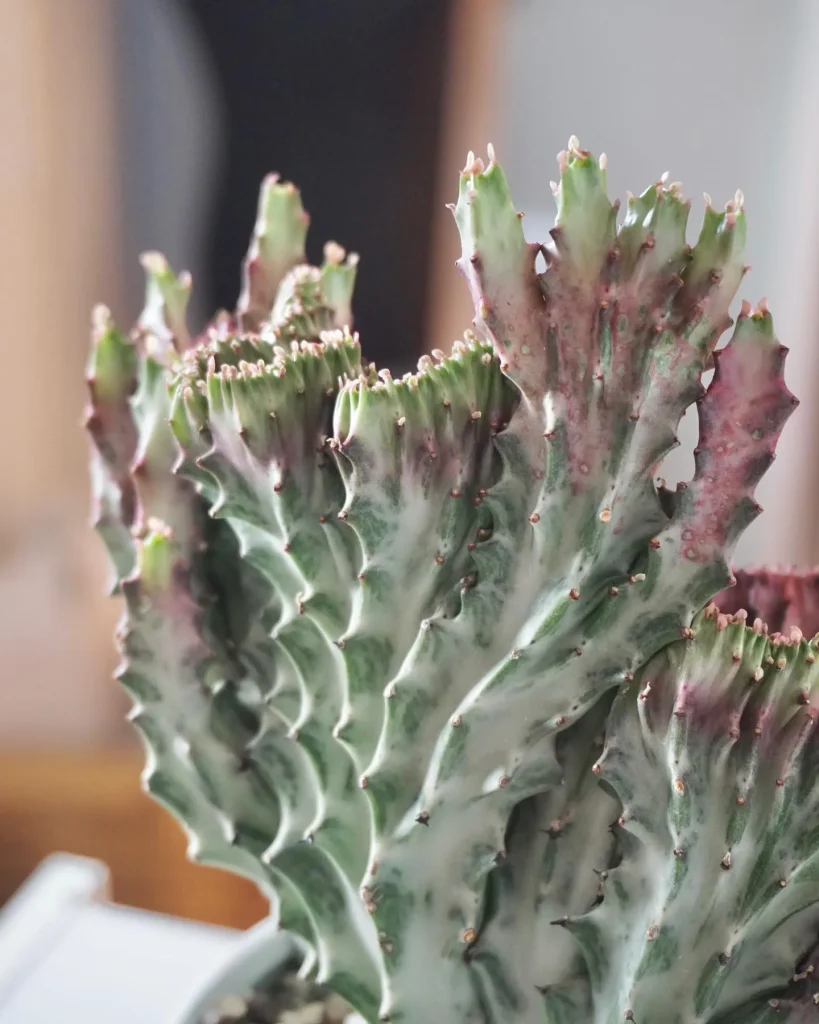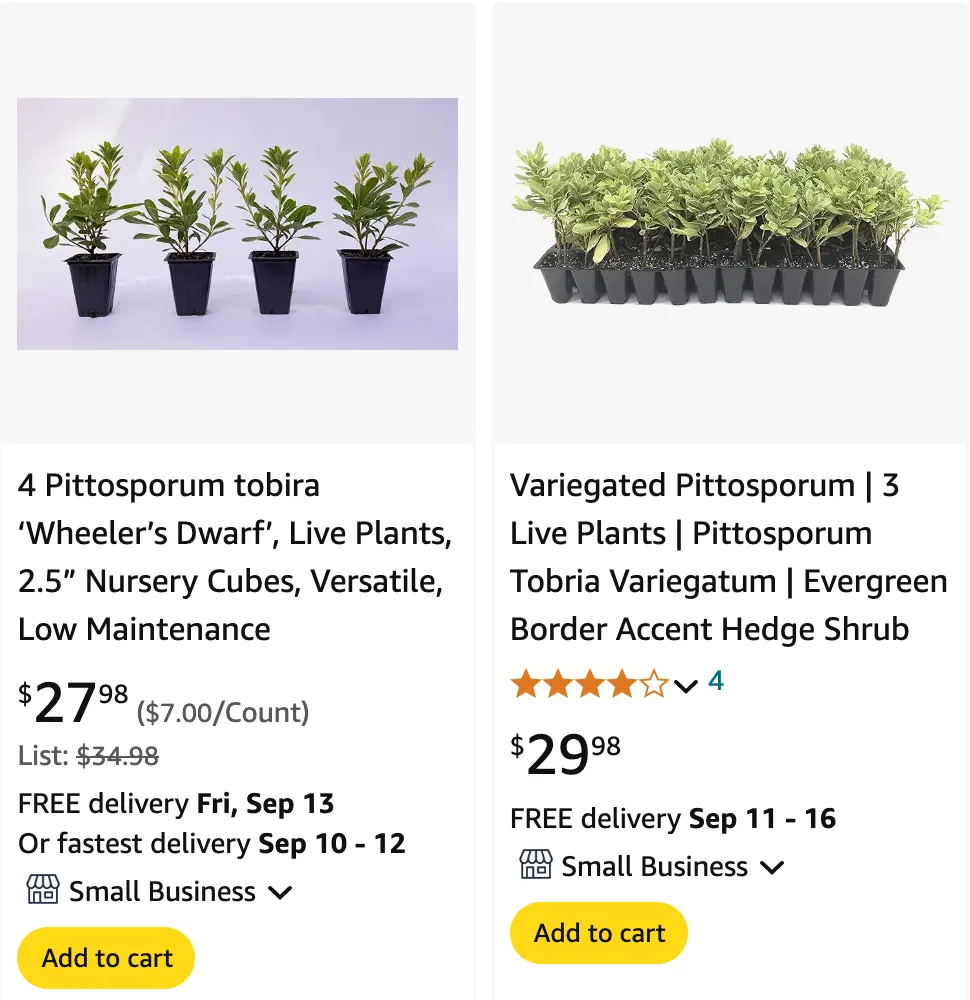
FAQs About Dwarf Pittosporum
If you’re considering adding Dwarf Pittosporum to your garden, you probably have several questions. Having grown this versatile shrub myself, I’m here to share my insights and experiences to help you get the most out of your Dwarf Pittosporum.
256 Species in Genus Pittosporum
Can You Cut Back Dwarf Pittosporum?
Yes, you can cut back Dwarf Pittosporum. Regular pruning helps maintain its shape and encourages healthy growth. I typically trim mine in late winter or early spring before new growth begins. When cutting back, be sure to remove any dead or diseased branches. Pruning also helps manage the plant’s size, making it a great option for smaller gardens or container planting.
Do Dwarf Pittosporum Grow in Shade?
Dwarf Pittosporum can tolerate partial shade, but they thrive best in full sun. In my garden, those planted in more sunlight exhibit denser foliage and better overall health compared to those in shaded areas. If you’re looking to plant in a shaded spot, ensure that the area receives at least a few hours of indirect sunlight daily.
How Fast Do Dwarf Wheeler Pittosporum Grow?
Dwarf Wheeler Pittosporum is relatively slow-growing. On average, you can expect about 6 to 12 inches of growth per year. This slow growth rate makes it ideal for low-maintenance gardens. In my experience, it’s perfect for creating a neat, compact hedge without frequent trimming.
How High Do Dwarf Pittosporum Grow?
Dwarf Pittosporum generally reaches a height of 2 to 4 feet. This makes it a great choice for low borders or small hedges. I’ve found that their compact size allows for versatile landscaping options, fitting well in both front and backyards.
How to Plant Dwarf Pittosporum?
Planting Dwarf Pittosporum is straightforward. Choose a location with well-draining soil and plenty of sunlight. Dig a hole that’s twice as wide and the same depth as the root ball. Place the plant in the hole, ensuring that the top of the root ball is level with the ground surface. Backfill with soil and water thoroughly. I always add a layer of mulch around the base to help retain moisture and suppress weeds.
What Type of Soil Is Recommended for Dwarf Pittosporum?
Dwarf Pittosporum prefers well-draining soil. Sandy loam or loamy soil is ideal. In my garden, I’ve had success by mixing in some organic matter to improve drainage and nutrient content. Avoid heavy clay soils as they can lead to root rot.
How to Propagate Dwarf Pittosporum?
Propagating Dwarf Pittosporum can be done through cuttings. In late summer or early fall, take 4 to 6-inch cuttings from the tip of a healthy branch. Remove the lower leaves and dip the cut end in rooting hormone. Plant the cutting in a pot filled with a mix of sand and peat. Keep the soil moist and place the pot in a warm, bright location. Once roots develop, transplant the new plant into the garden.
What Causes Dwarf Pittosporum Limbs to Break?
Dwarf Pittosporum limbs can break due to several factors, including heavy snow, strong winds, or improper pruning. In my experience, regular maintenance and avoiding heavy loads on the branches help prevent breakage. Additionally, keeping the plant well-pruned and balanced reduces the risk of limb damage.
What to Plant with Wheeler’s Dwarf Pittosporum?
Wheeler’s Dwarf Pittosporum pairs well with various plants. I’ve found it complements ornamental grasses like Blue Fescue and flowering perennials such as Lavender. For a cohesive look, you might also consider planting it alongside other low-growing shrubs or groundcovers that share similar water and light requirements.
Where to Buy Dwarf Pittosporum?
Dwarf Pittosporum can be purchased from local nurseries, garden centers, or online retailers. I usually check for reputable local sources first, as they often offer plants suited to the local climate. Online nurseries are also a great option if you’re looking for specific varieties or larger quantities.
Will Cats Break the Dwarf Pittosporum Limb?
While cats are generally not known for breaking plant limbs, curious cats might occasionally damage plants by climbing or playing. To prevent potential issues, consider placing the plant in a less accessible area or using protective barriers. In my experience, keeping plants well-maintained and in robust health minimizes the risk of damage from pets.
Is Dwarf Pittosporum Toxic?
Dwarf Pittosporum is not highly toxic, but ingestion can cause mild gastrointestinal upset in pets. If you’re concerned about pets nibbling on your plants, consider choosing alternative plants or creating barriers to keep your furry friends away.
Common Problems with Dwarf Pittosporum
Common issues include leaf spots, pests like spider mites, and root rot in poorly-drained soil. Regularly inspect your plants and address any problems promptly. In my experience, keeping the plant healthy through proper watering, pruning, and soil care helps prevent most issues.
Compare with Other Similar Plants
When compared to similar shrubs like Boxwood or Holly, Dwarf Pittosporum stands out for its attractive foliage and ease of maintenance. While Boxwood is denser and Holly offers berries, Dwarf Pittosporum provides a more compact, low-maintenance option with a unique texture.
I hope these FAQs help you make the most of your Dwarf Pittosporum. Whether you’re planting, propagating, or simply caring for your shrub, these tips should guide you to success in your gardening endeavors.
If i die, water my plants!
